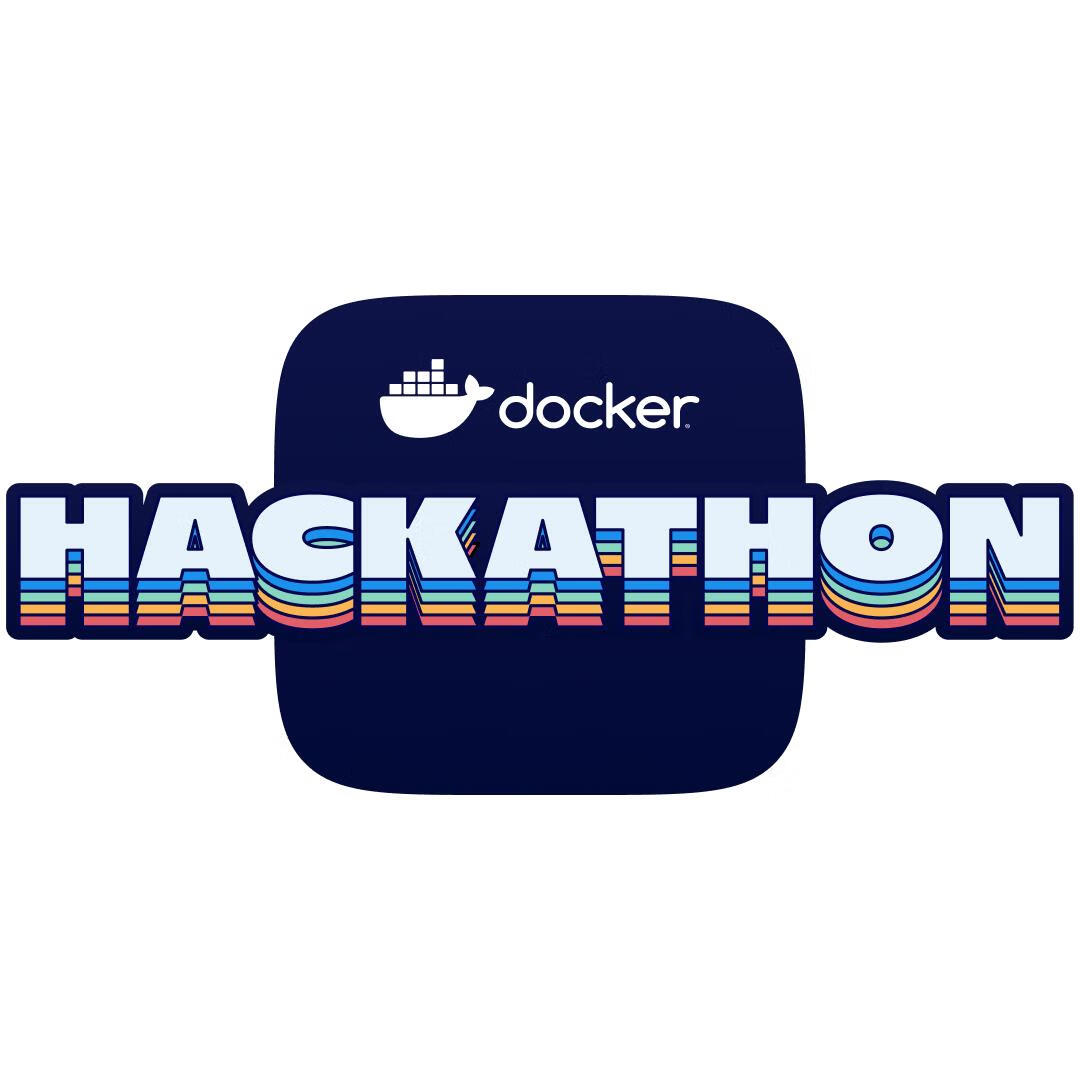借助Maven Wrapper
首先我们说说maven wrapper的使用场景
假设我们所在的团队同时维护多个项目,不同的项目使用的JDK版本不同,使用的maven版本也不同,那么为了支持多项目开发,为了构建运行效果一致,你可能需要在本地管理多个maven版本,这会非常繁琐,从而引出了maven wrapper来解决这个maven版本的管理问题。
- 版本一致性:通过在
mvnw配置中指定 Maven 版本,确保所有开发人员和持续集成环境使用相同的maven版本。 - 简化批量安装:不需要预先安装
maven,直接运行mvnw命令就如安装了mvn一样,从而简化了项目的初始设置和配置。
Maven Wrapper安装方式
- maven-wrapper: 提供
maven-wrapper.jar下载、安装和运行目标maven发行版。 - maven-wrapper-distribution: 提供
mvnw/mvnw.cmd脚本发行版, - maven-wrapper-plugin:
wrapper用于轻松将 Wrapper 安装到项目中的插件。
- 首先安装
maven wrapper,默认情况下安装的是only-script版本,也就是精简版,不需要额外的maven-wrapper.jar。如果你需要安装source版本请使用-Dtype=source参数。
# 假设你的本地已经有了一个特定版本的maven,可以直接通过如下命令进行引入
mvn -N wrapper:wrapper
# 当然也可以指定引入的maven版本信息
mvn -N wrapper:wrapper -Dmaven=3.6.1
- 检查是否安装成功,正常来讲是会出现一个
mvnw和mvnw.cmd以及.mvn目录
[root@localhost maven-wrapper]# tree -fa
.
├── ./.mvn
│ └── ./.mvn/wrapper
│ └── ./.mvn/wrapper/maven-wrapper.properties
├── ./mvnw
└── ./mvnw.cmd
2 directories, 3 files
- 修改
maven-wrapper.properties定义的路径地址,因为用的是官方地址可能由于墙的问题无法进行下载,我这边采用MinioS3的地址来提前下好相关版本的maven包进行上传。
wrapperVersion=3.3.1
distributionUrl=https://repo.maven.apache.org/maven2/org/apache/maven/apache-maven/3.6.1/apache-maven-3.6.1-bin.zip
# 正常修改distributionUrl的地址就可以了
distributionUrl=http://10.1.6.15:10240/software/apache-maven-3.6.1-bin.zip
正常能检测到相关的版本即表示成功
[root@localhost maven-wrapper]# ./mvnw --version
Apache Maven 3.6.1 (d66c9c0b3152b2e69ee9bac180bb8fcc8e6af555; 2019-04-05T03:00:29+08:00)
Maven home: /root/.m2/wrapper/dists/apache-maven-3.6.1/5256b4e
Java version: 1.8.0_391, vendor: Oracle Corporation, runtime: /usr/local/java/jre
Default locale: en_US, platform encoding: UTF-8
OS name: "linux", version: "4.18.0-372.9.1.el8.x86_64", arch: "amd64", family: "unix"
遇到小问题
如果大家在构建的过程中遇到了小问题可以看看小思路
- 问题一:我明明指定了
distributionUrl为我自的仓库地址,并且我上传的是zip的包,为什么每次我执行的的时候都会提示wget: Failed to fetch http://10.1.6.15:10240/software/apache-maven-3.6.1-bin.tar.gz
# select .zip or .tar.gz
if ! command -v unzip >/dev/null; then
distributionUrl="${distributionUrl%.zip}.tar.gz"
distributionUrlName="${distributionUrl##*/}"
fi
关于本问题的解释:由于官方的mvnw脚本当中存在select zip or tar.gz的文件类型判断,所以当服务器上没有
unzip的命令的时候会出现如上提示。
官方的Dockerfile
- 其实都是引用了
BuildKit的一些特性,如果需要了解更多的话可以使用docker Desktop来进行初始化看一下官方写的这些脚本。
# syntax=docker/dockerfile:1
# Comments are provided throughout this file to help you get started.
# If you need more help, visit the Dockerfile reference guide at
# https://docs.docker.com/go/dockerfile-reference/
# Want to help us make this template better? Share your feedback here: https://forms.gle/ybq9Krt8jtBL3iCk7
################################################################################
# Create a stage for resolving and downloading dependencies.
FROM eclipse-temurin:17-jdk-jammy as deps
WORKDIR /build
# Copy the mvnw wrapper with executable permissions.
COPY --chmod=0755 mvnw mvnw
COPY .mvn/ .mvn/
# Download dependencies as a separate step to take advantage of Docker's caching.
# Leverage a cache mount to /root/.m2 so that subsequent builds don't have to
# re-download packages.
RUN --mount=type=bind,source=pom.xml,target=pom.xml \
--mount=type=cache,target=/root/.m2 ./mvnw dependency:go-offline -DskipTests
################################################################################
# Create a stage for building the application based on the stage with downloaded dependencies.
# This Dockerfile is optimized for Java applications that output an uber jar, which includes
# all the dependencies needed to run your app inside a JVM. If your app doesn't output an uber
# jar and instead relies on an application server like Apache Tomcat, you'll need to update this
# stage with the correct filename of your package and update the base image of the "final" stage
# use the relevant app server, e.g., using tomcat (https://hub.docker.com/_/tomcat/) as a base image.
FROM deps as package
WORKDIR /build
COPY ./src src/
RUN --mount=type=bind,source=pom.xml,target=pom.xml \
--mount=type=cache,target=/root/.m2 \
./mvnw package -DskipTests && \
mv target/$(./mvnw help:evaluate -Dexpression=project.artifactId -q -DforceStdout)-$(./mvnw help:evaluate -Dexpression=project.version -q -DforceStdout).jar target/app.jar
################################################################################
# Create a new stage for running the application that contains the minimal
# runtime dependencies for the application. This often uses a different base
# image from the install or build stage where the necessary files are copied
# from the install stage.
#
# The example below uses eclipse-turmin's JRE image as the foundation for running the app.
# By specifying the "17-jre-jammy" tag, it will also use whatever happens to be the
# most recent version of that tag when you build your Dockerfile.
# If reproducability is important, consider using a specific digest SHA, like
# eclipse-temurin@sha256:99cede493dfd88720b610eb8077c8688d3cca50003d76d1d539b0efc8cca72b4.
FROM eclipse-temurin:17-jre-jammy AS final
# Create a non-privileged user that the app will run under.
# See https://docs.docker.com/go/dockerfile-user-best-practices/
ARG UID=10001
RUN adduser \
--disabled-password \
--gecos "" \
--home "/nonexistent" \
--shell "/sbin/nologin" \
--no-create-home \
--uid "${UID}" \
appuser
USER appuser
# Copy the executable from the "package" stage.
COPY --from=package build/target/app.jar app.jar
EXPOSE 9000
ENTRYPOINT [ "java", "-jar", "app.jar" ]
另外说一句:我永远相信最佳实践的内容,但是大厂的东西一定适合大厂,但是不一定适合你自己,所以我觉得应该带一些辨证的眼光去看待最佳实践的这些内容。
